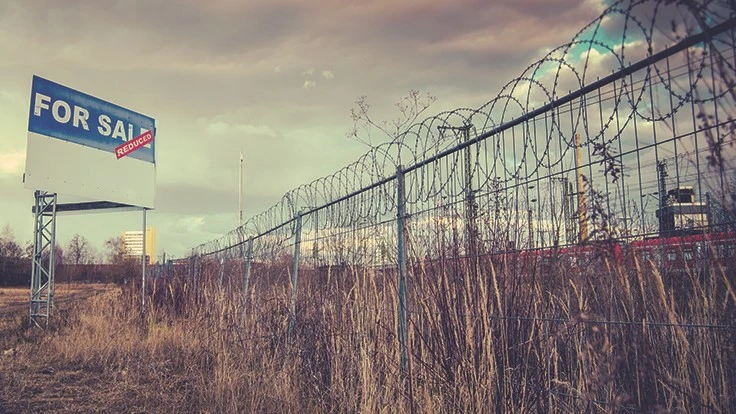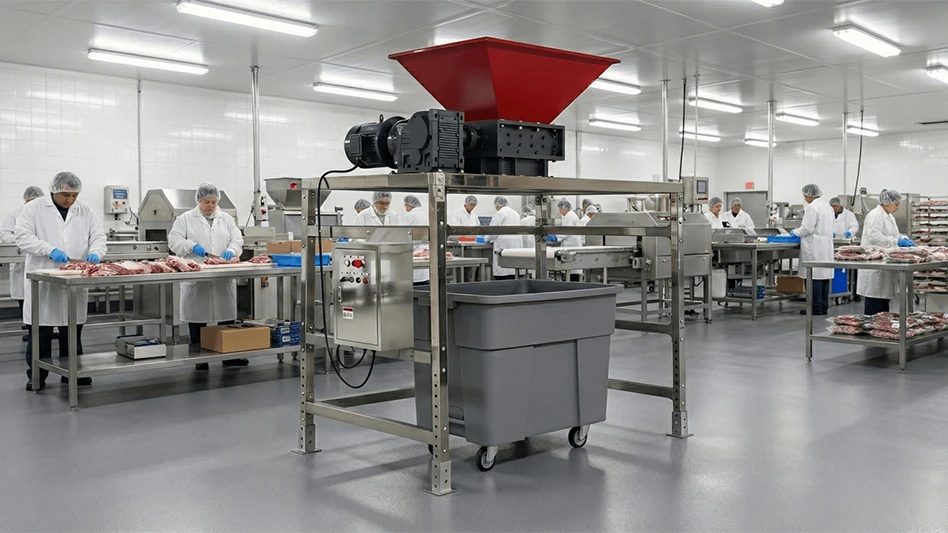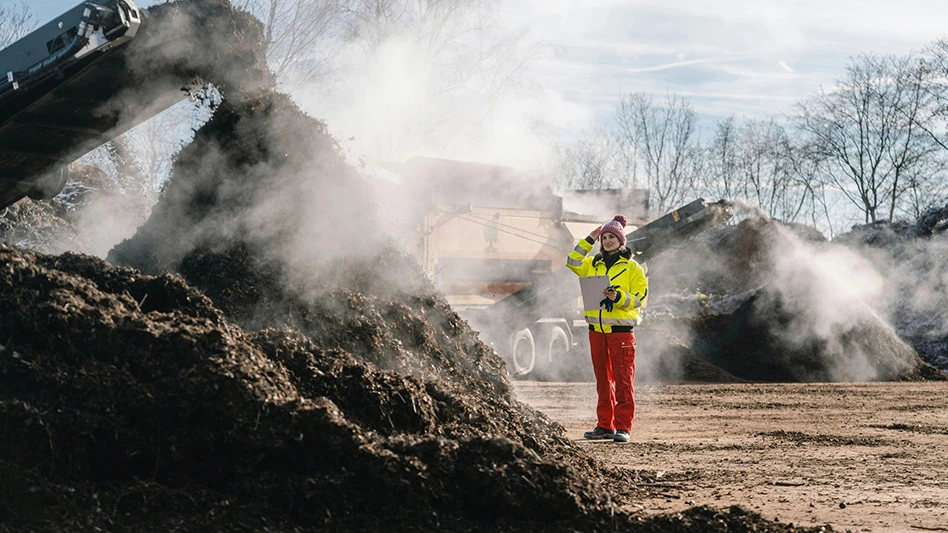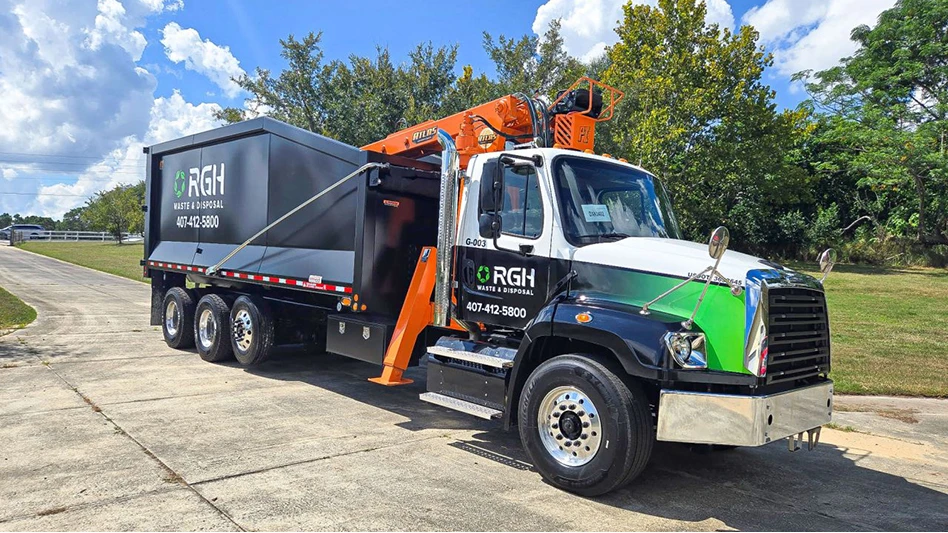
© Mr Doomits | stock.adobe.com
Converting hazardous sites into flourishing properties comes with a long list of unknowns.
On top of the potential risks, conversion can involve years of hard work, financial challenges and even legal constraints that hinder making the vision a reality.
However, Mark Thimke and Bruce Keyes, attorneys at Milwaukee-based Foley & Lardner LLP who specialize in brownfield redevelopment, say numerous laws have changed in the past decade to create more resources and further simplify the process of breathing new life into brownfields—properties that are difficult to redevelop or reuse due to the presence of hazardous substances, pollutants or contaminants.
“You’re able to convert them and take them from being very much a negative zone, or at least perceived that way by the community, to an area that’s productive and vibrant and changes the whole quality of an area,” Thimke says.
Challenges abound
The U.S. Environmental Protection Agency (EPA) estimates more than 450,000 brownfields exist in the U.S. These sites can be converted into areas of various uses, from parks and fields to commercial and industrial developments—but doing so often takes years of planning.
Brownfields can have numerous past lives. Those on the site of closed or abandoned landfills, however, present a unique set of challenges.
While all landfills produce certain contaminants that need to be addressed, such as methane and leachate, many also contain a mix of materials that can generate a host of other unknown contaminants. “Landfills are more complicated because you typically have a mix of waste,” Keyes says. “It makes it much harder to understand what issues you might have.”
The costs associated with pinning down those exact contaminants, along with the numerous other costs that come with cleaning up and revitalizing a brownfield, only add to the challenge.
However, the federal government passed a law in 2002 that established a wealth of federal funding for brownfield cleanup, which has since been expanded.
The most recent legislation related to brownfields, the Brownfields Utilization, Investment and Local Development (BUILD) Act of 2018, expanded the grants EPA offers to cover a broader range of steps in the revitalization process, from environmental assessment to the actual cleanup. (Please see “Finding the funds” for a comprehensive list of available brownfield grants.)
Many states also have low-interest loans and grants available to help in cleanup costs if the property meets requirements specified by the state.
Keyes and Thimke say they have had success securing contributions from potentially responsible parties (PRPs) who may have liability in the conversion, including municipalities and former owners. Finding investors, though, will likely only be successful if development is already taking place in areas adjacent to the brownfield to drive surrounding land values there, which would justify the cost and likely provide a return.
“You need to find the monetary resources for conversion,” Thimke says. “That can be through some investment from the municipality, environmental financing or grants from the state. It’s all very site-specific as to how you happen to work that out.”
On top of funding, brownfield redevelopment requires pinpointing just who is liable for the site both before and after its conversion—a task that, in many cases, is the most challenging of all.
Liabilities
Brownfield redevelopment comes with a long list of potential liabilities, the largest being the risk of the EPA or the state imposing additional cleanup conditions that require future remediation efforts.
Coupled with other headaches, such as public perception of the site and potential risk of exposure to contaminants, many entities are dissuaded from taking on the challenge.
Thimke and Keyes say dealing with liabilities is best done by involving all stakeholders in the conversation. This includes the developer, the municipality and any other identified PRPs, which may be anyone who either owned the property or was involved with hazardous waste being disposed of there. Other stakeholders could include groups that may participate in the future uses of the site, like store tenants or community groups.
Having these PRPs involved from the outset allows for easier negotiations to determine who will carry each liability.
“It takes a motivated group with a vision to see the path forward,” Keyes says.
“You have to be creative in the way you structure it,” Thimke adds.
"If we were involved in the process of closure, we could design the closure around future development, and it would save tremendous costs.” –Mark Thimke, attorney at New York-based Foley & Lardner LLP
More brownfield tools have recently come into play to further ease liability burdens.
The BUILD Act eased some of the provisions put in place by the Comprehensive Environmental Response, Compensation, and Liability Act of 1980 (CERCLA), which established a strict system for determining who can be held liable for the costs of cleaning up contaminated properties.
Before the BUILD Act, which is effective until 2023, municipalities could only receive exemptions and protections by acquiring brownfields involuntarily or through a narrow set of EPA-approved exceptions. However, the act now permits municipalities to take over brownfields both voluntarily and involuntarily without fear of bearing the brunt of the liability.
States have also come up with various methods to try to encourage brownfield redevelopment and limit liability, as well as limit the risk of the EPA imposing additional cleanup requirements beyond the state’s set specifications.In Wisconsin, for example, Thimke says he helped change a state law in 2009 after efforts to convert the closed Holtz-Krause landfill into a sports complex in Marathon County dwindled over fear of liabilities. The new law shifted liability burdens from the local to the state level, allowing the purchaser to clean up the land and receive exemption from future liabilities that may arise during development and beyond.
Planning ahead
Forward-thinking landfill operators can ease the future challenges of converting their sites by planning ahead.
EPA recommends owners “consider the anticipated property reuse prior to and during assessment and cleanup” by integrating property reuse alternatives into decisions during that time.
Beyond limiting the environmental exposure of contaminants, these decisions could include anything from structuring landfill gas monitoring systems to capping off the surface of the landfill.
The EPA requires a post-closure care and monitoring period of 30 years from landfill closure (although this can be shortened or extended by the state), so monitoring systems are best designed to accommodate future potential uses on the site.
And while closure caps are often designed as mounds so water can run off, these can be designed with flatter surfaces to accommodate future development.
“If we were involved in the process of closure, we could design the closure around future development, and it would save tremendous costs,” Keyes says.
Cultivating community
While converting brownfields into useful sites requires substantial time and dedication, the hard work can pay off for both the developer and the community.
The closed Holtz-Krause landfill in Marathon County took nearly 15 years to clean up and even more time was needed to change local legislation. But when the work was complete in 2015, the Eastbay Sports Complex finally opened to the public.
Today, one would never know a landfill stood in its place just decades ago. The Eastbay Sports Complex now sits on 60 acres of sprawling green lawn that forms various sports fields, which are surrounded by concessions, a curling rink and commercial development.
A group of PRPs spent $4 million developing the property, which includes funds for long-term upgrades and operations, like continuous emissions monitoring. Their investment has already seen substantial return—a soccer tournament held there generated about $1.4 million in local spending in just one weekend.
“The end results have been, I think, spectacular,” Thimke says. Even with the right tools in place, though, Thimke says one of the most vital aspects to getting the job done was the group of stakeholders who had “a broader view of what they want to accomplish.”
This article originally ran in the July-August issue of Waste Today. The author is the assistant editor for Waste Today magazine and can be contacted at tcottom@gie.net.
Latest from Waste Today
- New York finalizes greenhouse gas emissions reporting regulations
- EPA selects 2 governments in Pennsylvania to receive recycling, waste grants
- NWRA Florida Chapter announces 2025 Legislative Champion Awards
- Yolo County reports fatality at Central Landfill
- New Way expands Canadian presence with Joe Johnson Equipment partnership
- Buffalo Biodiesel shares updates on facility modernization, NYSDEC compliance
- CETY launches HTAP platform for anaerobic digestion facilities
- Terex Ecotec announces Blue Machinery as distributor





